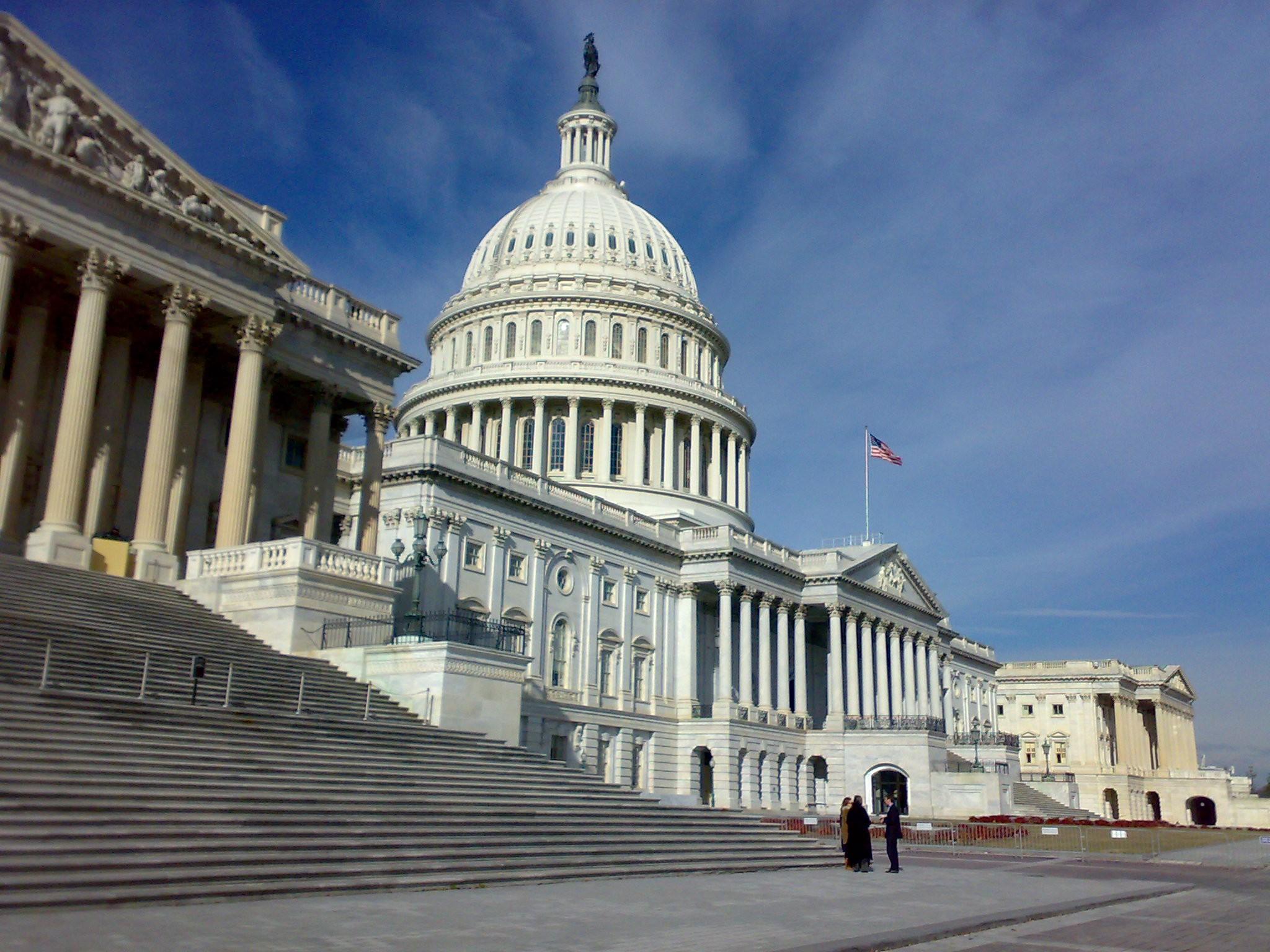Congress should leave marijuana to the states
While candidate Donald Trump promised to protect medical marijuana on the campaign trail, President Trump’s Justice Department wants to be more aggressive against state-legal marijuana under the Controlled Substances Act (CSA). Attorney General Jeff Sessions personally asked Congress for funds to prosecute medical marijuana cases in states where it is legal. The legal sale of recreational marijuana remains […]

While candidate Donald Trump promised to protect medical marijuana on the campaign trail, President Trump’s Justice Department wants to be more aggressive against state-legal marijuana under the Controlled Substances Act (CSA). Attorney General Jeff Sessions personally asked Congress for funds to prosecute medical marijuana cases in states where it is legal. The legal sale of recreational marijuana remains limited to a handful of states, but 29 states plus the District of Columbia allow the prescription and distribution of medical marijuana. National polling shows that more than half of Americans favor marijuana legalization, but an even larger majority want the federal government to leave marijuana alone in states where it is legal. This represents a glaring violation of federalism — the notion that states should generally set their own policies free from federal oversight or interference — and the Republican-controlled Congress should have no part of it.
Since 2014, Congress has prevented the Department of Justice from using funds to prosecute state-legal medical marijuana transactions. What was then called the Rohrabacher-Farr Amendment (now known as the Rohrabacher-Blumenauer Amendment) is a rider to the Omnibus Appropriations Bill that defunds prosecutions for state-legal medical marijuana offences. Congress has the constitutional authority, colloquially known as “the power of the purse,” to prohibit government agencies from using tax dollars for particular activities, such as prosecuting federal marijuana violations in states that have chosen to legalize it.
Because the Senate included the no-prosecution amendment in its version of this year’s budget while the House did not, it will be up to a conference committee to decide whether the amendment stands or falls. If it does fall, hundreds of businesses will be threatened and countless chronic pain sufferers and other patients will face uncertainty in their quality of life. Moreover, studies suggest that some patients deprived of medical cannabis turn to opioids to ease their pain, putting them in greater risk of dependency or addiction in the so-called opioid epidemic. Attorney General Sessions’s attempts to link medical marijuana to the opioid crisis fly in the face of evidence from the National Institute on Drug Abuse that show places with access to medical marijuana experience fewer opioid overdoses than those without access. A RAND study also found that prescriptions of opioids and reported opioid abuse decline where state-legal marijuana dispensaries operate.
Despite its perceived association with the political left, medical marijuana is not just a blue-state issue. Ten of the 29 states with legal medical marijuana — and 115 electoral votes — went for Donald Trump in the 2016 election. More than 200 million American residents, roughly 62 percent of the population, live in states where medical marijuana is legal. Nationwide, according to a 2017 CBS poll, 71 percent of Americans — including 63 percent of Republicans — oppose federal interference with state-legal marijuana. Perhaps most telling, a 2017 Quinnipiac poll found that 94 percent of American voters approve of adult medical marijuana use if prescribed by a doctor.
Congress doesn’t just decide whether federal tax dollars can be used to enforce particular drugs laws — it also has the power to determine which substances should be under federal control in the first place. All drugs regulated and banned under federal law are “scheduled” — that is, ranked by factors like rates of abuse, potential for chemical dependence, and potential medical uses. Schedule I, which includes heroin, marijuana, and LSD, is the most restrictive and recognizes no legitimate uses, and the scales descends from there to Schedule V, which includes various analgesics and other medicines with lower potential for abuse. As the evidence continues to mount, an increasing number of doctors, patients, and policymakers reject the federal government’s assertion that marijuana has no accepted medical use and must therefore remain a Schedule I drug — particularly when opium and cocaine are classified as less restrictive Schedule II drugs on the premise that they have legitimate medical applications.
The medicinal benefits to individuals have swayed enough doctors, patients, state legislatures, and public opinion that Schedule I designation ceases to make any sense. At least one Republican Congressman has proposed legislation to de-schedule marijuana entirely.
In fact, Rep. Tom Garrett, a Republican former prosecutor from Virginia, introduced H.R. 1227, the Ending Federal Marijuana Prohibition Act of 2017. The bill would remove marijuana from the list of federal controlled substances while still prohibiting its sale across state lines. This would enable states to decide for themselves whether to legalize marijuana for medicinal or recreational purposes. Marijuana would then be subject to the state and local laws like those that apply to tobacco and alcohol.
While legal marijuana may not be for every state or locale, it is clearly popular enough that the federal government should end its attempt to prohibit it where it is state legal, particularly for medicinal purposes. Millions of Americans and their doctors have determined that cannabis has medical benefits, and almost 2/3rds of the states have recognized that. Congress may not take the lead on this issue, but it should at least recognize the political realities and get out of the way.
